How much of your office space goes unused every single day?
If your answer is anything less than precise, you're not alone—and you're likely leaving money on the table.
As hybrid work becomes the norm and businesses tighten belts in the face of rising real estate costs, the workplace has entered a new era—one that values agility over excess, and efficiency over tradition. Desks sit empty on Fridays, meeting rooms are booked but unused, and facilities teams scramble to make sense of scattered data across spreadsheets, floor plans, and outdated tools.
Enter space management software—the invisible operator behind today’s smartest workplaces. It’s not just about floor plans and seat counts. It’s about reimagining how we use space as a living, dynamic asset—tracked in real time, optimized continuously, and tailored to how your people work. From Fortune 500 campuses to scrappy startups, this tech is quietly transforming the way we think about work environments, making every square foot count.
What is space management software?
Space management software is a digital platform designed to help organizations strategically plan, monitor, and optimize how their physical spaces are used. Whether it’s a bustling office floor, a university campus, or a retail environment, this tool brings visibility, order, and intelligence to every square foot.
At its core, the software manages:
- Physical spaces — from desks and meeting rooms to entire buildings or campuses.
- Occupancy levels — who is using what, when, and how often.
- Resources and assets — furniture, equipment, and shared utilities.
- Booking systems — for rooms, hot desks, or collaboration zones.
It’s tailor-made for today’s dynamic, multi-use environments: hybrid offices, educational institutions, coworking hubs, healthcare facilities, and large enterprises juggling multiple locations.
Unlike traditional tools—think spreadsheets, paper maps, or siloed legacy systems—space management software offers real-time data, interactive floor plans, and automation. That means no more guesswork, no more double-booked rooms, and no more flying blind on occupancy rates. Instead, you're equipped with a single source of truth that evolves with your workplace.
Core functions of space management software
Space management software is not just a digital map of your office—it’s a central command center for how space is used, optimized, and experienced. Here’s what it powers behind the scenes:
- Centralized space data & inventory tracking: Say goodbye to scattered spreadsheets. This software consolidates all your space-related data—available rooms, assigned desks, shared assets, occupancy levels—into one unified dashboard. It’s your single source of truth for smarter decisions.
- Interactive floor plans & space visualization: Visualize your workplace like never before. With interactive floor plans and, in some cases, 3D views, you can see how space is allocated, where teams sit, and what’s underutilized—all in real time. Strategic space planning becomes as easy as drag-and-drop.
- Desk and meeting room booking systems: Enable employees to book spaces with a tap. Whether it’s a hot desk, quiet pod, or huddle room, the system allows seamless self-service reservations synced with your calendar tools. No double bookings. No wasted space. Just frictionless access.
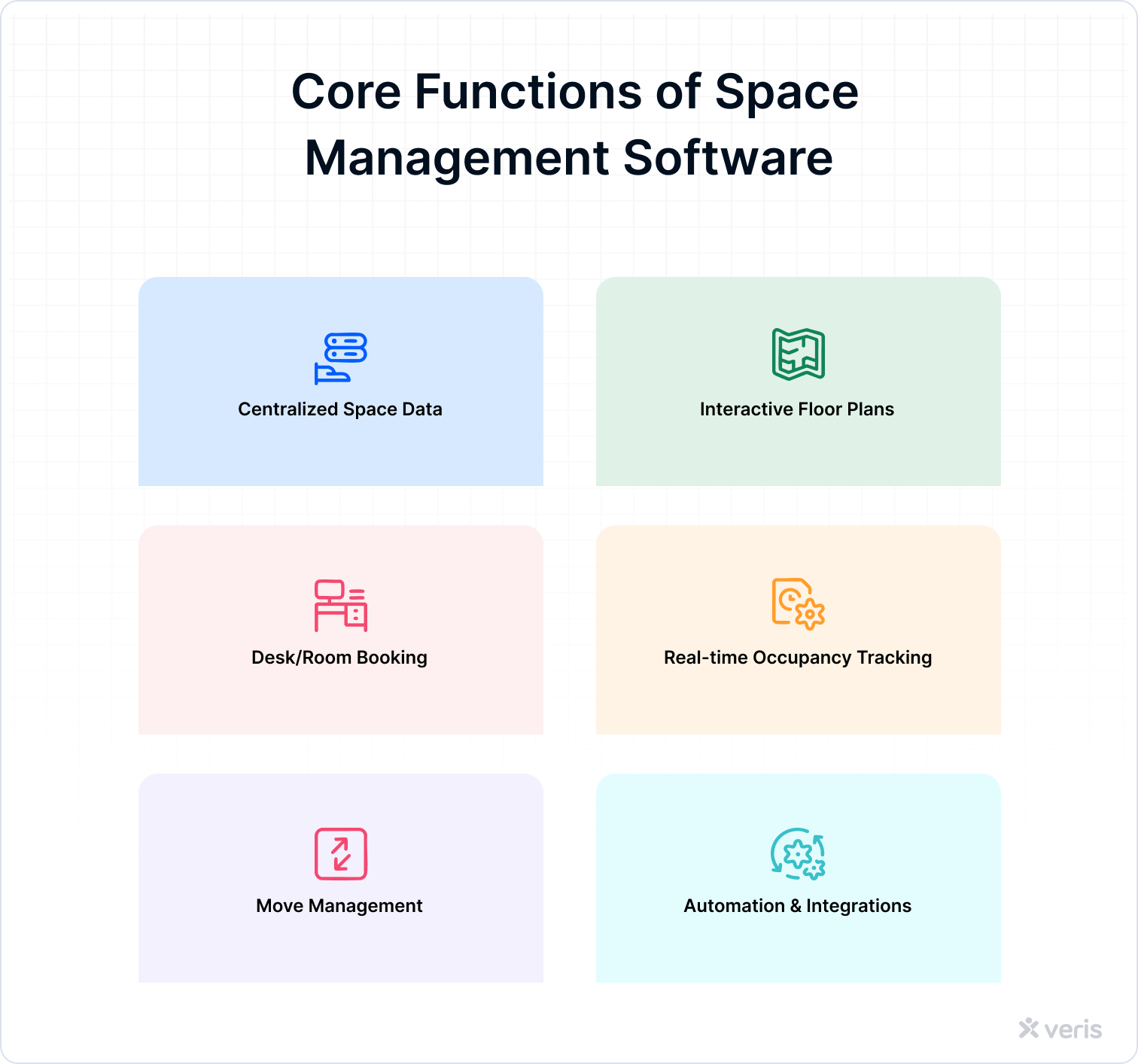
- Real-time occupancy tracking and analytics: Through sensors, badges, or app check-ins, the software captures live usage data—how often rooms are used, which areas are crowded or vacant, and when peak hours hit. With this intel, you can spot patterns, rightsize your space, and plan proactively.
- Move management: Teams, people, and assets: Relocating a team? Shuffling departments? Onboarding new hires? Space management software makes it effortless to reassign desks, move equipment, or redesign entire zones—without the logistical chaos.
- Automation and integrations: Modern platforms integrate with your IoT devices, calendar apps, HR systems, and even building management tools. The result? A fully connected workplace that automates bookings, updates layouts in real time, and keeps everyone in sync—without the manual hustle.
Must have features in a space management software
The best space management tools don’t just show you space—they unlock its full potential. Here are the essential features every modern platform should offer, and why they matter:
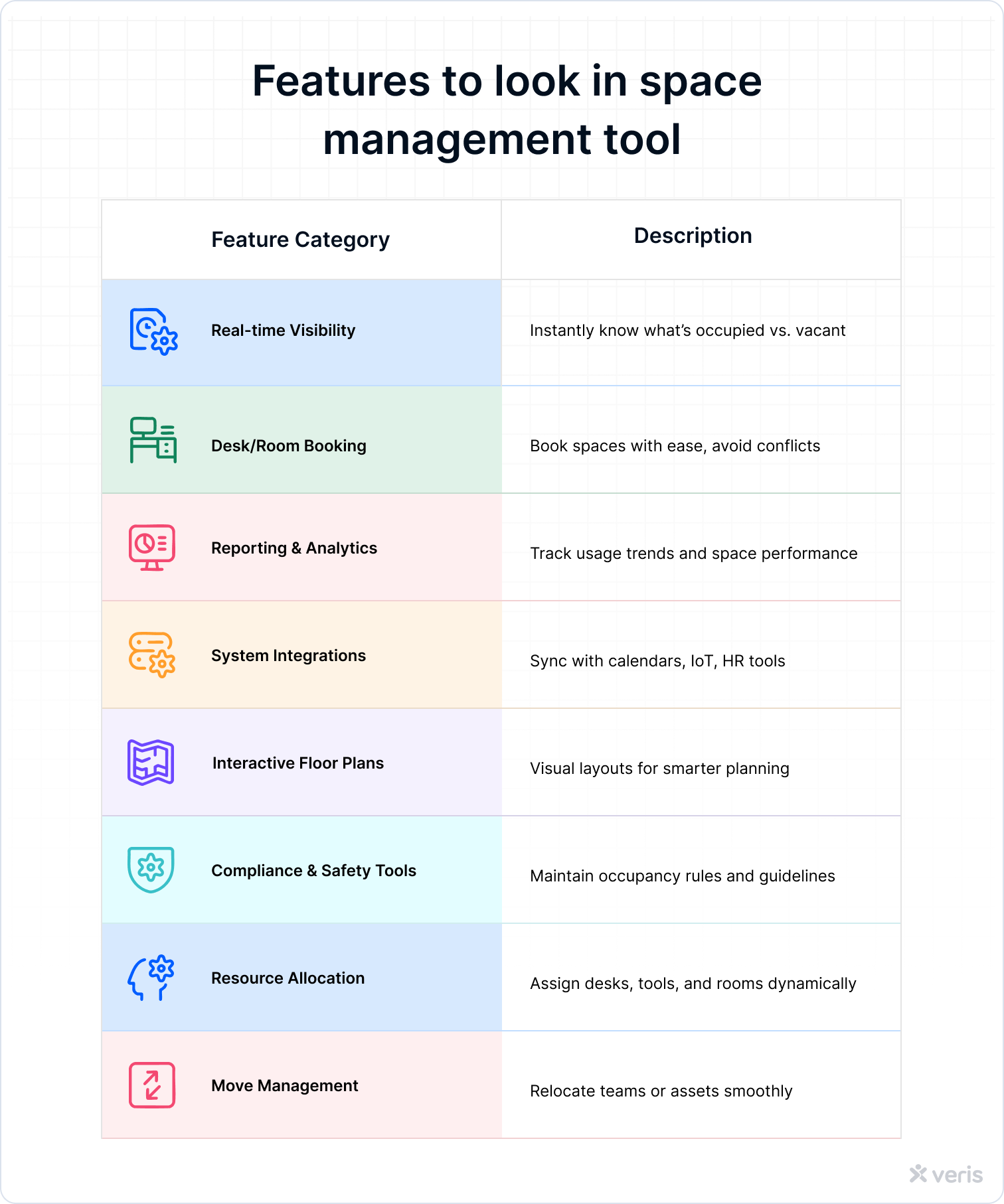
Key benefits of using space management software
Beyond floor plans and booking buttons, space management software delivers strategic, measurable impact. Here’s how it pays off—both in real estate and ROI:
- Optimize space utilization: Identify which areas are thriving and which are just collecting dust. Reallocate, repurpose, or retire unused space to get the most out of every square foot.
- Cost savings: Shrink your office footprint, consolidate underused locations, and eliminate inefficiencies in maintenance and operations. Less waste, more value.
- Improve employee experience: Give your people control. With intuitive booking tools and clearer access to the right spaces at the right time, workplace friction drops—and satisfaction rises.
- Scenario planning for growth: Model future space needs, headcount changes, or layout redesigns with data-backed simulations. No guesswork—just strategic foresight.
- Streamline operations: Automate the admin. From booking approvals to occupancy reporting, reduce the manual load so facilities teams can focus on what matters.
- Hybrid-Ready Infrastructure: Support today’s most flexible workstyles. Whether half the team is remote or everyone’s in on Tuesday, your workplace stays organized and optimized.
Space management software: Use cases across industries
Space management software isn not one-size-fits-all—it is a versatile solution powering smarter, more agile environments across sectors. Here’s who’s using it, and why:
- Large enterprises: With sprawling office portfolios and global teams, large organizations rely on space management tools to track occupancy, standardize layouts, and cut down on underused real estate—from HQs to regional hubs.
- Universities and educational campuses: Scheduling classrooms, labs, auditoriums, and event spaces across semesters and departments? These platforms bring order to the chaos—maximizing space and minimizing conflicts across sprawling academic grounds.
- Coworking and flex-space providers: In a world of hot desks and drop-in clients, real-time booking and occupancy visibility are non-negotiable. Space software ensures smooth operations, fair usage, and better customer experience.
- Retail and showrooms: Retailers use it to optimize floor layouts, product displays, and backroom storage. In high-rent locations, every inch matters—and visibility into space usage is key to profitability.
- Healthcare and manufacturing: For facilities with strict compliance needs and high-precision layouts, space management software helps track usage, meet regulatory standards, and ensure smooth movement of people, equipment, and processes.
Frequently ssked questions (FAQs)
Conclusion: Future-proofing the modern workspace
Space is no longer just square footage—it is a strategic asset. And space management software is the engine that ensures every inch is working as hard as your people do.
By delivering real-time visibility, smarter resource allocation, and seamless workplace experiences, this technology transforms how organizations operate—cutting costs, boosting productivity, and enabling agility in a hybrid-first world.
In an era where flexibility is currency and real estate is under the microscope, space management software isn’t a nice-to-have. It’s the blueprint for future-ready workplaces.
Now’s the time to ask: Are you using your space, or is it using you?
Take the first step—audit your space usage and uncover the hidden value in your workplace.











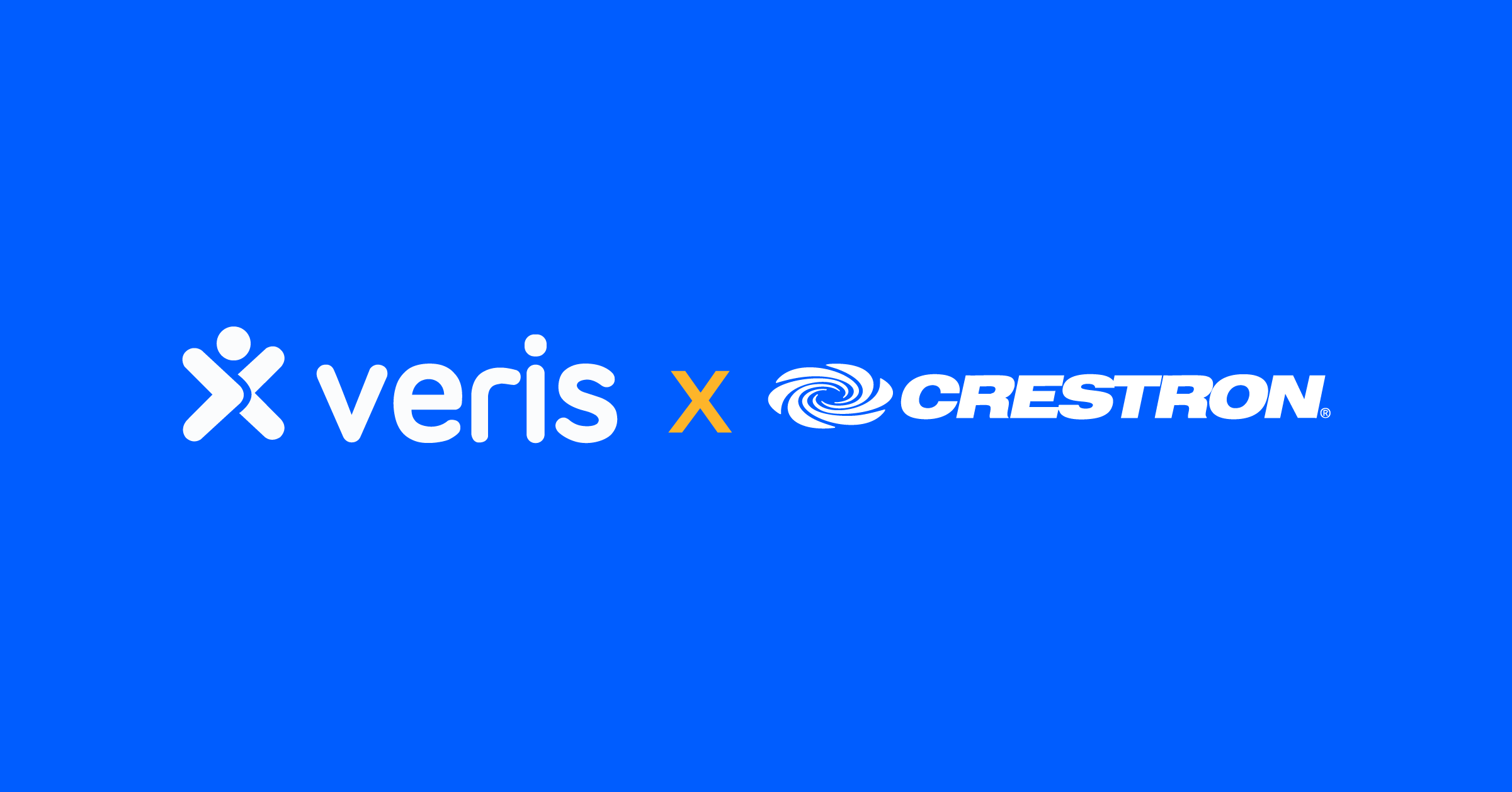


















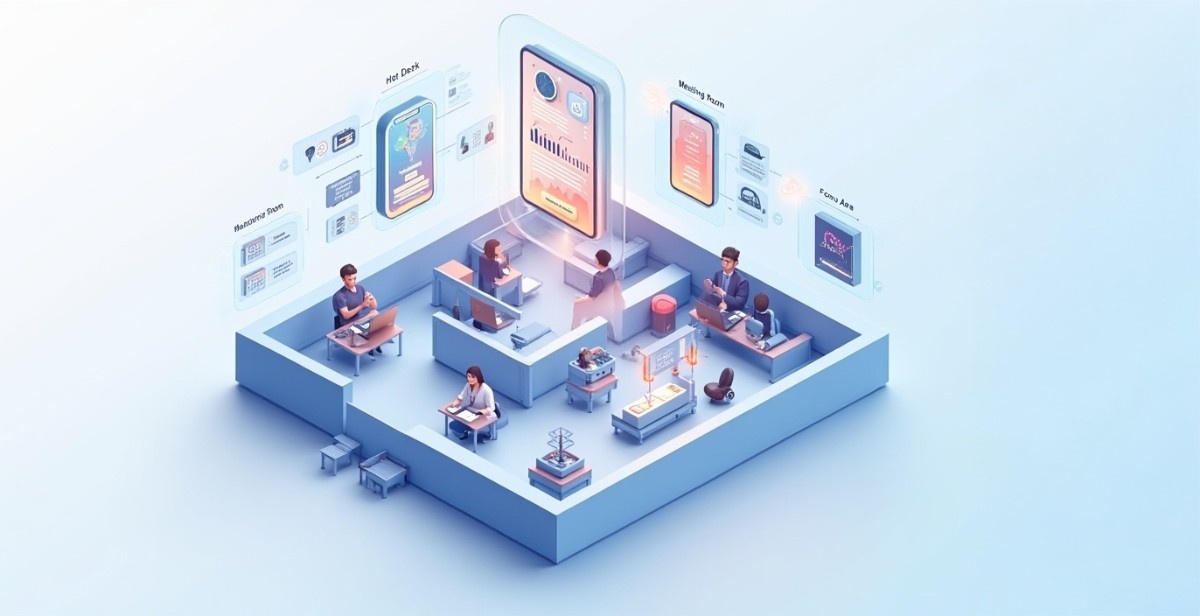

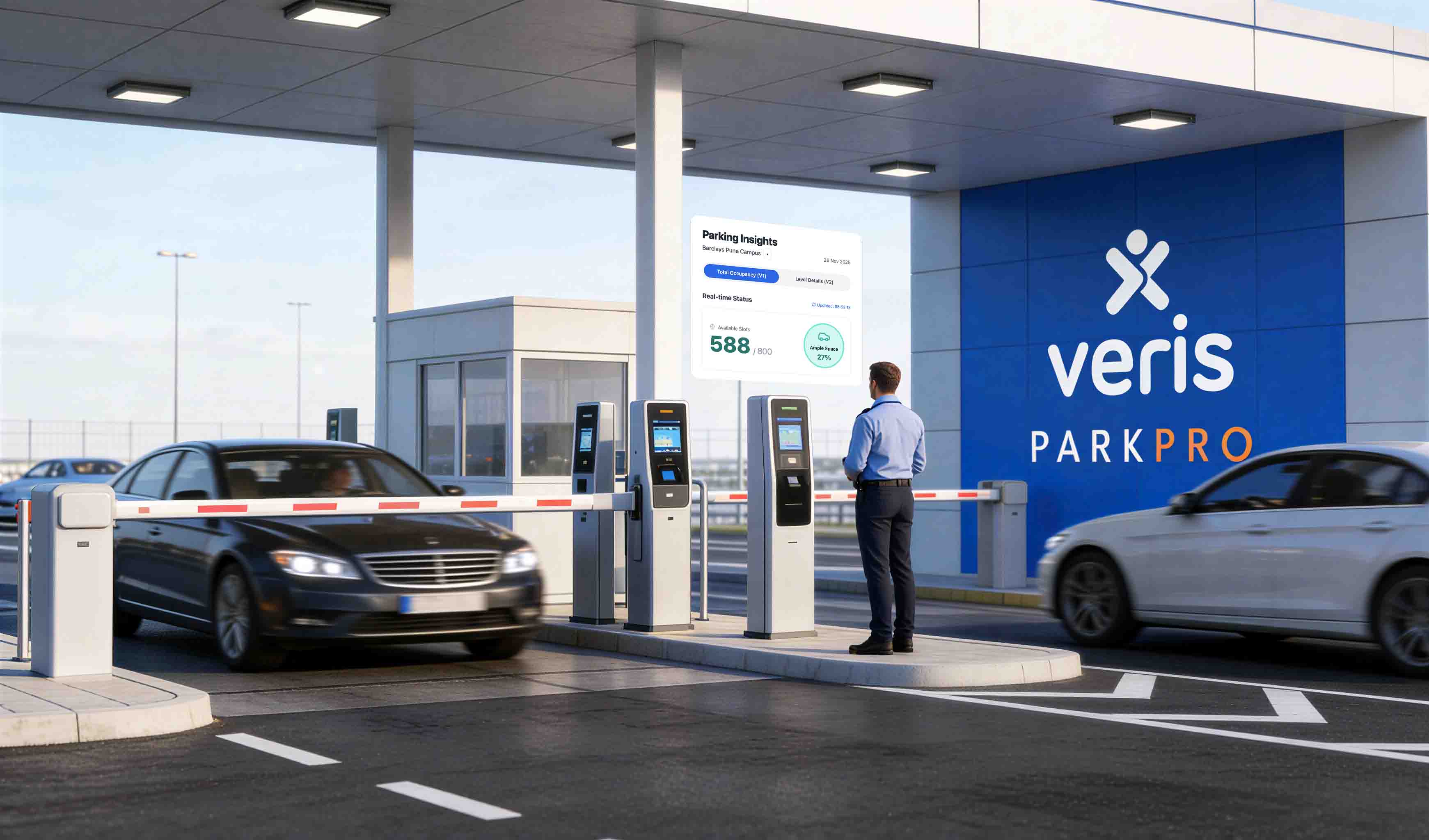

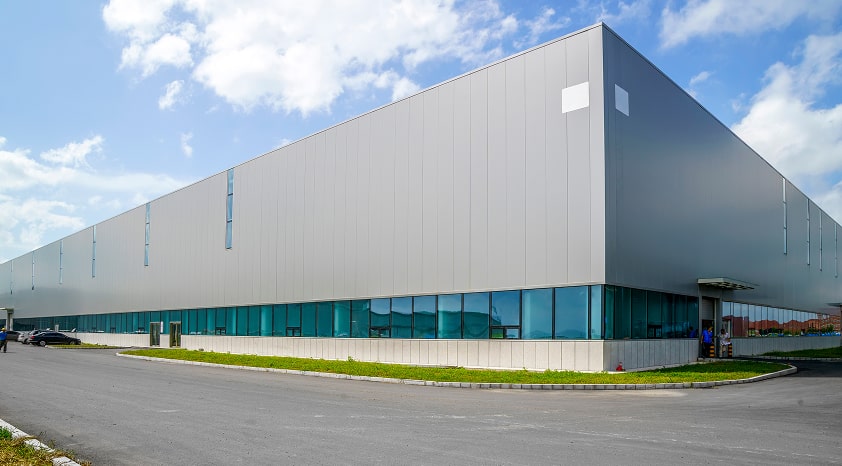


.avif)
.avif)





